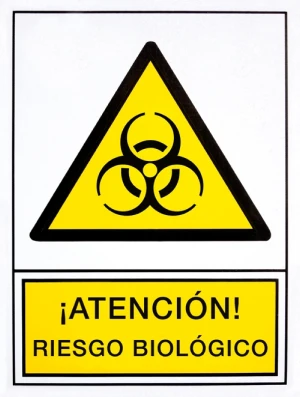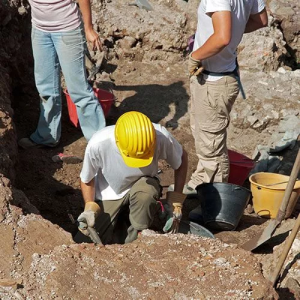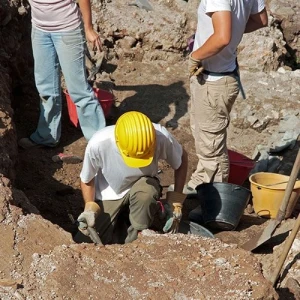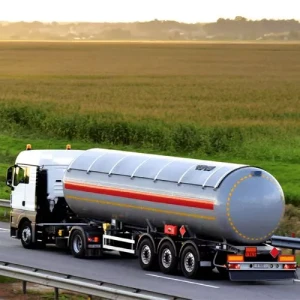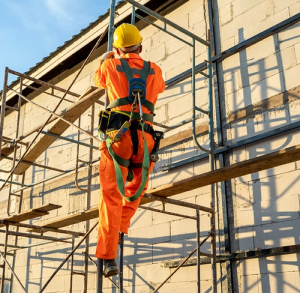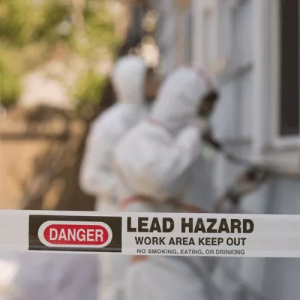Plan, Prevent, and Protect
 Does the title sound familiar? It should, as Plan, Prevent, and Protect is OSHA’s motto introduced in 2010 when OSHA marked 40 years of increased health and safety for the American worker. According to Dr. David Michaels, the OSHA chief at that time, the motto was aligned to OSHA’s new agenda to encourage employers to identify the possible hazards their employees could face and plan for preventing them, reducing their probability of materializing, and in case of a hazard occurring, having a comprehensive plan for protecting employees (Kilbourne, 2010). This was a breakthrough change that OSHA implemented in how employers viewed occupational health and safety measures and actions for which they were responsible. Traditionally, employers would wait for an OSHA inspection before enacting any hazard preventive measures for the future. However, by this move, OSHA firmly announced each organization to plan for hazards, while searching for effective preventive measures, and in instances when hazards cannot be prevented (think COVID-19 pandemic here) have in place comprehensive protection plans for employee health and safety.
Does the title sound familiar? It should, as Plan, Prevent, and Protect is OSHA’s motto introduced in 2010 when OSHA marked 40 years of increased health and safety for the American worker. According to Dr. David Michaels, the OSHA chief at that time, the motto was aligned to OSHA’s new agenda to encourage employers to identify the possible hazards their employees could face and plan for preventing them, reducing their probability of materializing, and in case of a hazard occurring, having a comprehensive plan for protecting employees (Kilbourne, 2010). This was a breakthrough change that OSHA implemented in how employers viewed occupational health and safety measures and actions for which they were responsible. Traditionally, employers would wait for an OSHA inspection before enacting any hazard preventive measures for the future. However, by this move, OSHA firmly announced each organization to plan for hazards, while searching for effective preventive measures, and in instances when hazards cannot be prevented (think COVID-19 pandemic here) have in place comprehensive protection plans for employee health and safety.
A little bit about OSHA
Over the years, OSHA has continued to enforce new standards and revised existing standards to offer more stringent regulations to remain relevant in today’s increasingly complex work environments. As such, today, OSHA has a myriad of standards enforced to protect the health and safety of employees in most Construction, General Industry, Maritime and Agriculture industries across the 50 States, the District of Columbia, and other US jurisdictions either directly through Federal OSHA or an OSHA-approved state program (OSHA 3302-08R, 2018). OSHA also protects state and local government workers through the OSH Act if they work in the 22 states that have an OSHA-approved state program (OSHA 3302-08R, 2018). An important aspect of OSHA’s standards is that it covers all employers whom must implement OSHA’s mission to “ensure safe and healthful working conditions for working men and women by setting and enforcing standards and by providing training, outreach, education and assistance” (Occupational Safety and Health Administration [OSHA], n.d.a; OSHA’s Mission, n.d.).
Besides, OSHA also regularly publishes guidelines and recommendations aligned to the latest hazard risks that employers and employees must face. For instance, in 2006 they published a guidance update on protecting employees from the Avian Flu, then in 2014 there was a publication on Small Entity Compliance Guide for the Final Rule for Cranes and Derricks in Construction, and the latest is the publication on Guidance on Returning to Work published in June 2020 (OSHA, n.d.b). These publications are available in several languages with many standards and guidelines being published mainly in English and Spanish.
 OSHA at half a century
OSHA at half a century
So, how has OSHA fared over its 50 years of improving the work safety of employees? As expected, there have been many ups and downs. We hear of several breaks in policies and protocols, but OSHA has also made a marked difference. For five decades, OSHA has continued to partner with and involve employers, employees, health and safety professionals, and other interested stakeholders in advocating, implementing, and demanding increasing workplace safety for the more than 130 million American workers. Statistics show OSHA’s efforts to regulate workplace hazard prevention, train employers and employees, and increase inspection standards and penalties, together with updating and revising standards and guidelines have reduced fatalities from 38 workers a day in the 1970s to 14 workers a day in 2017 (OSHA, n.d.c). OSHA also states that worker injuries and illnesses have drastically reduced to 2.8 per 100 in 2017 compared to 10.9 incidents per 100 workers in 1972 (OSHA, n.d.c). Furthermore, in the last decade alone, OSHA has helped protect workers involved in the Deepwater Horizon explosion and oil spill; published standards for silica dust, cranes, confined spaces, and the classification and labeling of work-related chemicals; and focused on communicating the importance of safety measures for the construction industry which faced high degrees of worker fatalities (OSHA, n.d.d). OSHA also enacted a requirement to report all severe work-related injuries in January 2015 (OSHA, n.d.e).
 This is not to say that we’ve not heard about the negatives. So, while you may recall that reported worker injuries increased in 2018 compared to 2017, while workers injuries reported in 2017 increased by 2 percent compared to 2016, remember that this is likely an impact of more employers complying with OSHA standards year-on-year. Still, the statement by OSHA on occupational fatalities in 2018 is encouraging as it identified a decline in work-related fatal falls from heights by 14 percent, the lowest recorded in six years (OSHA Trade Release, 2019). Similarly, there is an abundance of statistics, data, and other information that can be cited to show the changes in occupational injuries and fatalities, if time permitted. But alas that is not the case.
This is not to say that we’ve not heard about the negatives. So, while you may recall that reported worker injuries increased in 2018 compared to 2017, while workers injuries reported in 2017 increased by 2 percent compared to 2016, remember that this is likely an impact of more employers complying with OSHA standards year-on-year. Still, the statement by OSHA on occupational fatalities in 2018 is encouraging as it identified a decline in work-related fatal falls from heights by 14 percent, the lowest recorded in six years (OSHA Trade Release, 2019). Similarly, there is an abundance of statistics, data, and other information that can be cited to show the changes in occupational injuries and fatalities, if time permitted. But alas that is not the case.
So, yes, like any other regulation, OSHA does have its positives and negatives, but overall, OSHA has had a positive impact on employers and employees, bringing to the forefront the importance of worker safety and its high impact on organizational reputation and employee engagement as everyone pursues the goal of commerce.
References
Kilbourne, C. (2010, September 10). "Plan, Prevent, Protect"—OSHA’s New Agenda. EHS Daily Advisor. Retrieved from https://ehsdailyadvisor.blr.com/2010/09/quot-plan-prevent-protect-quot-osha-s-new-agenda/
OSHA 3302-08R. (2018). All About OSHA. Occupational Safety and Health Administration Website. Retrieved on June 26, 2020 from https://media.hazwoper-osha.com/wp-content/uploads/2019/11/all_about_OSHA.pdf
Occupational Safety and Health Administration (OSHA). (n.d.a). Occupational Safety and Health Administration Website, About Us, OSHA Mission. Retrieved on June 26, 2020 from https://www.osha.gov/aboutosha
OSHA. (n.d.b). Occupational Safety and Health Administration Website, Publications. Retrieved on June 26, 2020 from https://www.osha.gov/publications
OSHA. (n.d.c). Occupational Safety and Health Administration Website, Commonly Used Statistics. Retrieved on June 26, 2020 from https://www.osha.gov/data/commonstats
OSHA. (n.d.d). Occupational Safety and Health Administration Website, OSHA at 50. Retrieved on June 26, 2020 from https://www.osha.gov/osha50/
OSHA. (n.d.e). Occupational Safety and Health Administration Website. Retrieved on June 26, 2020 from https://www.osha.gov/severeinjury/
OSHA Trade Release. (2019, December 17). Occupational Safety and Health Administration Website, News Releases. Retrieved on June 26, 2020


